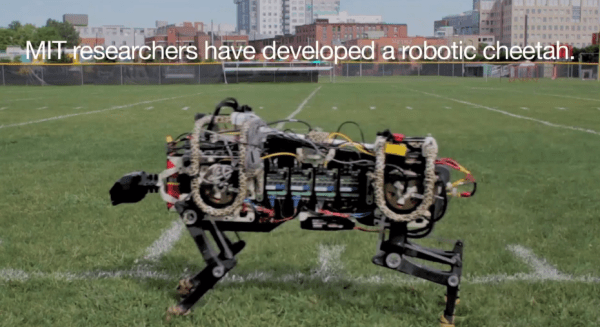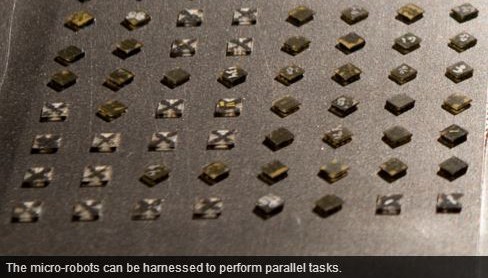Boeing and DARPA are building a spaceplane. Right now it’s only a press release and a few concept images, but it looks like this is an air-launched system kind of like a Tristar/Pegasus, only much higher and completely unmanned. It’s a ton and a half to low earth orbit, with a goal of 10 flights in 10 days.
Up in Albany? There’s a new hacker con happening in a few weeks. Anycon is a hacking, infosec, and cyber security conference happening June 16 & 17th in Albany, NY. The organizers of this con ([Chris], and his company Leet Cybersecurity) are loosely modeling this con after Derbycon. [Dave Kennedy] of TrustedSec will be attending as the keynote speaker.
GOOD NEWS! [Casey Neistat] is under investigation by the FAA. [Casey Neistat] is the YouTuber that flies drones right in the middle of the Hudson River corridor, and is a menace to general aviation around NYC.
This is neat. The Supplyframe Design Lab is the Hackaday Mothership right in the middle of Pasadena where we host our designers in residence, host a few meetups, and slowly fill every cubic inch of space with either dust or tools. The Design Lab just won a design award. You can check out the ‘design’ part of the Design Lab here, but keep in mind it will never be that clean ever again.
Here’s an interesting Twitter to follow. Alitronik is a curator of the weird and wonderful cheap crap that can be found on AliExpress. Need an Altera Cyclone dev board? Here you go. A desk-mountable OLED inspection microscope? Done. A seven dollar Tesla coil? Dude, you can totally fit this inside a hat.
[Drygol] had a nice old Commodore C16 with a broken TED chip. A shame, really. He did what anyone would do: put a C64 motherboard in the case for a fancy stealth upgrade.
Is the great crowdfunded 3D printer boom over? Some would say that ship sailed after dozens of 3D printer crowdfunding projects failed to deliver, or delivered very low-quality machines. These people were wrong. This Polaroid-branded 3D printing pen might not get funding. A year ago, this project would have been funded on day one. There would have been writeups in The Verge on how Polaroid is turning the corner after decades of wasted opportunities. Now, the Crowdfunded 3D printer boom is finally over.
The Hackaday crew was at the Bay Area Maker Faire last weekend and holy crap did we have a blast. Everyone came to the meetup on Saturday except for the fire marshall. The secret OSHPark bringahack on Sunday was even more impressive. We also saw a Donkey Car capable of driving around a track autonomously, but the team behind it didn’t have their work up on the Internet at the time.


















